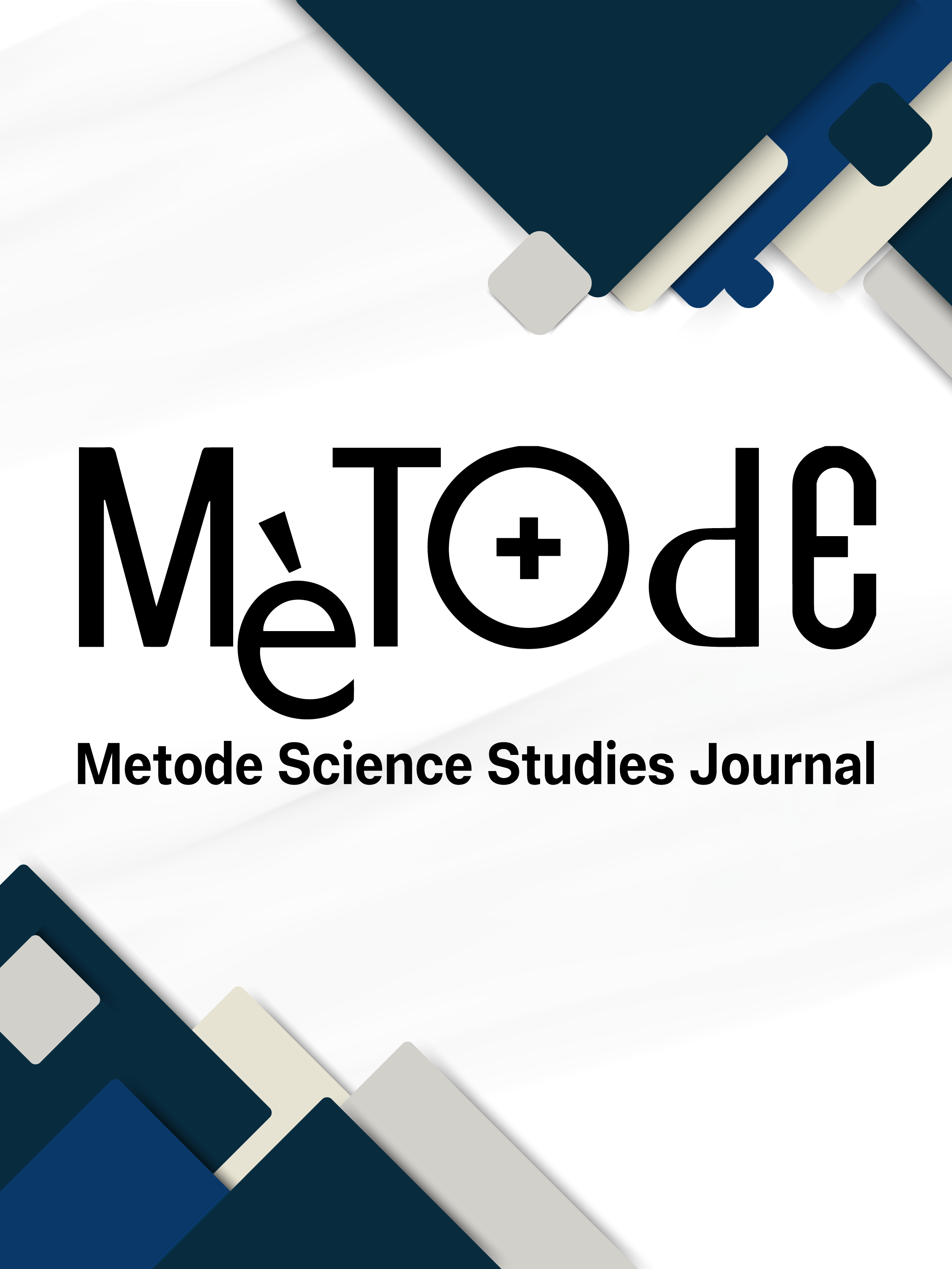Chemistry for next-generation diagnostics
Key factors in the development of medical biosensors
DOI:
https://doi.org/10.7203/metode.15.27225Keywords:
sensor functionalization, label-free biosensors, surface chemistry, nanotechnology, clinical diagnosis Abstract
Abstract
Biosensors have been profiled as potential next-generation diagnostic technologies, offering excellent clinical performance, wide versatility, and integration in miniaturized devices for on-site and portable analysis. But the sensor biofunctionalization, the way bioreceptors are immobilized on the sensor chip, is still an unresolved challenge that demands for specific research in surface chemistry strategies and the use of novel nanomaterials. We provide a brief overview of the key factors driving the improvement of medical biosensors, with a special focus on the current limitations in sensor surface modification and the direct analysis of human samples. We conclude the successful implementation of cutting-edge diagnostic biosensors will only be possible through the collaborative synergy of different sciences, including physics, biology, engineering, and certainly chemistry.
 Downloads
Downloads
 References
References
Altug, H., Oh, S. H., Maier, S. A., & Homola, J. (2022). Advances and applications of nanophotonic biosensors. Nature Nanotechnology, 17(1), 5–16. https://doi.org/10.1038/s41565-021-01045-5
Avci, C., Imaz, I., Carné-Sánchez, A., Pariente, J. A., Tasios, N., Pérez-Carvajal, J., Alonso, M. I., Blanco, A., Dijkstra, M., López, C., & Maspoch, D. (2017). Self-assembly of polyhedral metal–organic framework particles into three-dimensional ordered superstructures. Nature Chemistry, 10(1), 78–84. https://doi.org/10.1038/nchem.2875
Cesewski, E., & Johnson, B. N. (2020). Electrochemical biosensors for pathogen detection. Biosensors and Bioelectronics, 159, 112214. https://doi.org/10.1016/J.BIOS.2020.112214
Grigorenko, A. N., Polini, M., & Novoselov, K. S. (2012). Graphene plasmonics. Nature Photonics, 6(11), 749–758). https://doi.org/10.1038/nphoton.2012.262
Jing, Y., Chang, S. J., Chen, C. J., & Liu, J.-T. (2022). Review—Glucose monitoring sensors: History, principle, and challenges. Journal of The Electrochemical Society, 169(5), 057514. https://doi.org/10.1149/1945-7111/AC6980
Kim, J. H., Suh, Y. J., Park, D., Yim, H., Kim, H., Kim, H. J., Yoon, D. S., & Hwang, K. S. (2021). Technological advances in electrochemical biosensors for the detection of disease biomarkers. Biomedical Engineering Letters, 11(4), 309–334. https://doi.org/10.1007/S13534-021-00204-W
Lopez, G. A., Estevez, M. C., Soler, M., & Lechuga, L. M. (2017). Recent advances in nanoplasmonic biosensors: Applications and lab-on-a-chip integration. Nanophotonics, 6(1), 123–136. https://doi.org/10.1515/nanoph-2016-0101
Moreno, C., Vilas-Varela, M., Kretz, B., Garcia-Lekue, A., Costache, M. V., Paradinas, M., Panighel, M., Ceballos, G., Valenzuela, S. O., Peña, D., & Mugarza, A. (2018). Bottom-up synthesis of multifunctional nanoporous graphene. Science, 360(6385), 199–203. https://doi.org/10.1126/science.aar2009
Sadighbayan, D., Sadighbayan, K., Tohid-kia, M. R., Khosroushahi, A. Y., & Hasanzadeh, M. (2019). Development of electrochemical biosensors for tumor marker determination towards cancer diagnosis: Recent progress. TrAC Trends in Analytical Chemistry, 118, 73–88. https://doi.org/10.1016/J.TRAC.2019.05.014
Saha, T., Del Caño, R., Mahato, K., De la Paz, E., Chen, C., Ding, S., Yin, L., & Wang, J. (2023). Wearable electrochemical glucose sensors in diabetes management: A comprehensive review. Chemical Reviews, 123(12), 7854–7889. https://doi.org/10.1021/acs.chemrev.3C00078
Soler, M., Huertas, C. S., & Lechuga, L. M. (2019). Label-free plasmonic biosensors for point-of-care diagnostics: a review. Expert Review of Molecular Diagnostics, 19(1), 71–81. https://doi.org/10.1080/14737159.2019.1554435
Soler, M., & Lechuga, L. M. (2021). Principles, technologies, and applications of plasmonic biosensors. Journal of Applied Physics, 129(11), 111102. https://doi.org/10.1063/5.0042811
Soler, M., & Lechuga, L. M. (2022). Biochemistry strategies for label-free optical sensor biofunctionalization: Advances towards real applicability. Analytical and Bioanalytical Chemistry, 414, 5071–5085. https://doi.org/10.1007/S00216-021-03751-4
Wang, J., Imaz, I., & Maspoch, D. (2022). Metal−organic frameworks: Why make them small? Small Structures, 3(1), 2100126. https://doi.org/10.1002/SSTR.202100126
Yoo, S. M., & Lee, S. Y. (2016). Optical biosensors for the detection of pathogenic microorganisms. Trends in Biotechnology, 34(1), 7–25. https://doi.org/10.1016/j.tibtech.2015.09.012
Downloads
Published
How to Cite
-
Abstract397
-
PDF28
Issue
Section
License
Copyright (c) 2024 CC BY-NC-ND 4.0

This work is licensed under a Creative Commons Attribution-NonCommercial-NoDerivatives 4.0 International License.
![]()
All the documents in the OJS platform are open access and property of their respective authors.
Authors publishing in the journal agree to the following terms:
- Authors keep the rights and guarantee Metode Science Studies Journal the right to be the first publication of the document, licensed under a Creative Commons Attribution-NonCommercial-NoDerivatives 4.0 International License that allows others to share the work with an acknowledgement of authorship and publication in the journal.
- Authors are allowed and encouraged to spread their work through electronic means using personal or institutional websites (institutional open archives, personal websites or professional and academic networks profiles) once the text has been published.





